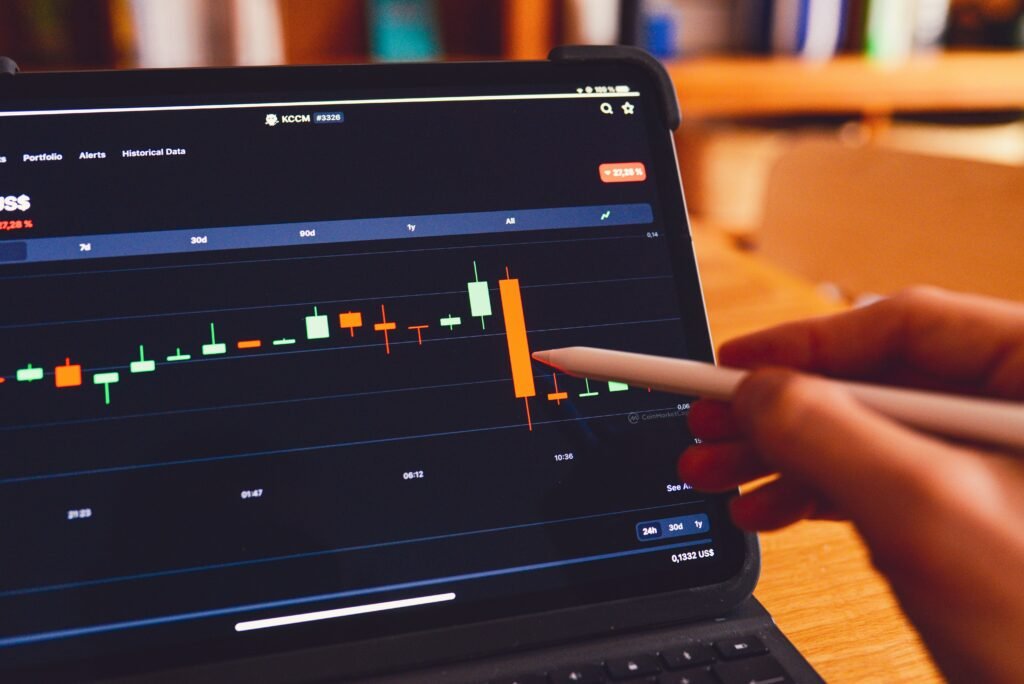Who: the Qubic mining pool. What: a Monero blockchain reorganization that wiped 36 minutes of transaction history. When: between September 14–15, 2025. Where: on the Monero network at block height 3,499,659. Why: Qubic mined a hidden chain in isolation and then released a longer chain. How: the hidden chain overtook the public chain, forcing nodes to accept the longest valid chain and discard 18 blocks and 118 transfers that had previously been accepted.
Monero blockchain reorganization details
The Monero blockchain reorganization unfolded when Qubic’s hidden chain became longer than the public tip. Nodes switched to that longer history because the protocol uses the longest valid chain rule. The rollback removed 18 blocks (block height 3,499,659 was the pivot) and invalidated 118 transfers — effectively erasing 36 minutes of transaction history. The event followed a prior, partially contested 51% attack attempt linked to the same pool, raising fresh questions about finality and Monero resilience and security.
Why it matters
The reorg shows that 10 confirmations were not enough for finality in this case, prompting some exchanges and services to rethink confirmation policies. Exchanges, custodians and users now face trade-offs: longer waits reduce double-spend risk but frustrate traders. XMR price movement was paradoxically positive on the day, with the native token rising even as the network faced scrutiny — a reminder that markets often look past technical stress events. For context on market reactions and exchange behavior, see this coverage of broader market rallies: Bitcoin and Ethereum price rally: options traders eye year-end push, and industry compliance signals like IRS crypto surveillance and enforcement: how to avoid audits and seizures.
The community is debating mitigations: stricter pool monitoring, economic penalties for withheld chains, and improvements to finality assumptions. Developers and node operators will weigh protocol-level changes versus operational responses from exchanges. Monero resilience and security depend on coordinated responses that preserve privacy without weakening consensus guarantees.
Frequently asked questions about Monero blockchain reorganization (Faq)
Q: What exactly was erased?
A: Eighteen blocks at and after block height 3,499,659 were replaced, removing 36 minutes of transaction history and invalidating 118 transfers.
Q: Who caused the reorg?
A: The event is attributed to the Qubic mining pool, which mined a hidden chain in isolation and later released it.
Q: Were user funds lost?
A: No funds were stolen by protocol design, but some transfers became invalidated and required manual reconciliation by affected parties and exchanges.
Q: Will exchanges change confirmations?
A: Many are reassessing confirmation requirements; longer waits are a likely outcome to reduce reorg risk.
Q: What next for Monero?
A: Expect debate and possible technical or operational fixes focused on finality, pool behavior, and Monero resilience and security.



